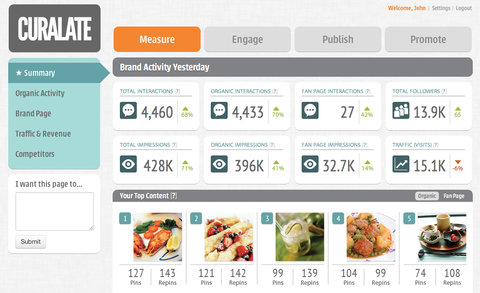A big acquisition by WPP was always swiftly matched by Publicis. And vice versa. Usually with a “take that” kind of rejoinder.
So it was only a matter of time before Mr. Sorrell responded to the recent megadeal between Publicis, the third-biggest advertising company in the world, and Omnicom Group, the second-largest, to create a new No.1 that leapfrogged past WPP in revenue.
Mr. Lévy and Omnicom’s chief executive, John Wren, explained their merger as a play on “big data,” the trove of information that Internet companies hold about their users.
The riposte from Mr. Sorrell has been a flurry of smaller deals for agencies involved in digital marketing and, yes, big data. Since the Publicis-Omnicom deal last month, WPP has announced at least five acquisitions or investments — in Africa, Asia, Europe and Latin America.
And Mr. Sorrell had another trick up his sleeve: He joined LinkedIn, the social network for professionals. No, he does not appear to be job-hunting. Instead, he is using the platform to sound off, as one of LinkedIn’s “Influencers” —the network of business leaders and experts who write for the site.
Sure enough, Mr. Sorrell used his first post on Tuesday to take a swipe at Publicis and Omnicom.
“Others in our industry may take strategic leaps backwards for various odd or inconsistent or contradictory reasons,” he wrote. “We’ll remain focused, actually even more focused, on our long-established and consistent strategy, on future developments and on accelerating implementation.
“That’s how we’ll really add value to our clients’ businesses — while others find themselves distracted by internal stresses and strains.”
Mr. Sorrell said he was raising WPP’s five-year targets for revenue from fast-growing emerging markets and digital businesses to 40 to 45 percent each, from current ranges of 35 to 40 percent. New media and emerging markets each produce about one-third of WPP revenue now, he wrote.
He also had a nice line on the news of the acquisition of The Washington Post by Jeff Bezos, the chief executive of Amazon, referring to the paper as “The Washington Kindle” — a reference to Amazon’s e-reader.
Oh, and one other thing: Mr. Sorrell said WPP was hiring.

Article source: http://www.nytimes.com/2013/08/14/business/media/wpp-one-upmanship-continues-after-publicis-omnicom-deal.html?partner=rss&emc=rss




